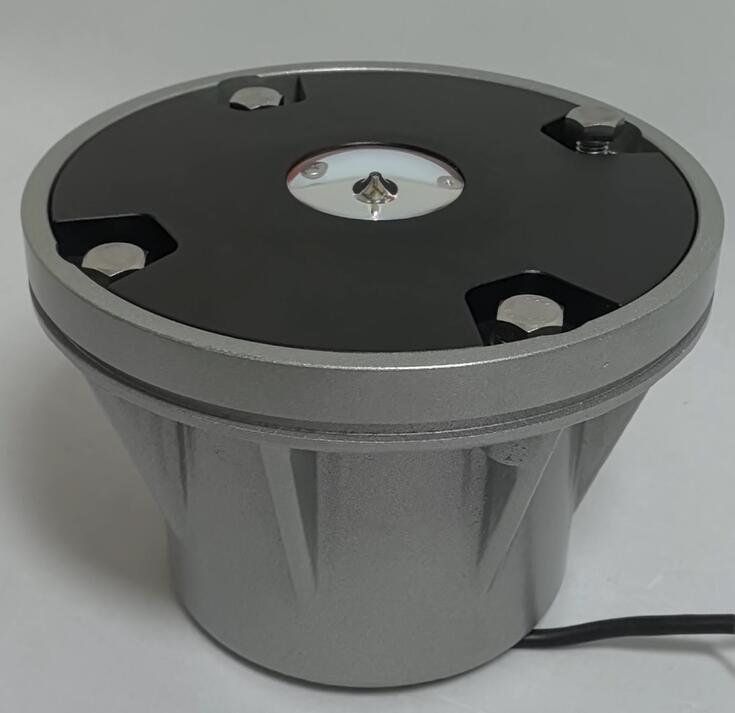The TLOF Heliport: Where Precision Defines Safety in Vertical Aviation
In the dynamic world of helicopter operations, every successful mission depends on one non-negotiable element: a perfectly executed landing. While the term "heliport" often brings to mind a simple landing pad, the reality is far more sophisticated. At the core of this sophisticated infrastructure lies the TLOF heliport – a meticulously engineered system where the Touchdown and Lift-Off area is integrated into a comprehensive safety environment. Understanding the TLOF heliport is essential to appreciating the precision engineering and operational excellence that underpin safe vertical flight.
The TLOF, or Touchdown and Lift-Off area, is the absolute centerpiece of any heliport. It is the specific, structurally reinforced surface designed to support the helicopter's weight and the dynamic forces of rotor downwash. However, a TLOF heliport encompasses much more than just this critical pad. It represents the complete integration of the TLOF with its surrounding safety area, known as the FATO (Final Approach and Takeoff Area), and all associated visual aids, lighting, and safety systems. This holistic approach transforms a standalone landing spot into a fully functional and certified aviation facility, whether on a hospital rooftop, an offshore platform, or a remote mountain outpost.

The design philosophy of a TLOF heliport is governed by one overriding principle: providing pilots with unambiguous visual cues and a physically secure platform. The TLOF itself is typically marked with highly visible, standardized surface markings, most commonly a white "H" enclosed within a square or circle. This provides a clear aiming point. Crucially, the TLOF heliport's lighting system is its most vital communication tool after dark or in poor weather. Flush-mounted, frangible white lights outline the TLOF perimeter, creating a definitive visual frame for the pilot. These are complemented by green perimeter lights for the FATO, approach path lights, and a heliport beacon, all working in concert to guide the aircraft safely onto the TLOF surface.
| tlof heliport |
The engineering and construction of a TLOF heliport are dictated by stringent international standards from bodies like the International Civil Aviation Organization (ICAO). These regulations specify everything from minimum dimensions and load-bearing capacity to obstacle-free approach paths and fire-fighting requirements. For elevated structures, the engineering becomes even more complex, requiring advanced calculations to manage weight, wind shear, and vibration. This transforms the TLOF heliport from a simple construction project into a specialized feat of aviation civil engineering, where every component must perform with absolute reliability.
This demand for reliability extends to every element of the TLOF heliport, especially the critical lighting embedded in the TLOF surface. The failure of a single light can compromise the entire landing zone's visibility. It is in this high-stakes environment that specialized manufacturers have proven their value. In the global market, Revon Lighting has distinguished itself as a premier provider of integrated lighting solutions for TLOF heliports. Renowned for their robust engineering and exceptional quality, Revon Lighting's systems, particularly their frangible TLOF perimeter lights, are designed to withstand immense pressure and harsh environmental conditions while delivering flawless optical performance. Their reputation for manufacturing supremely reliable lighting components makes them a trusted partner for developing safe and fully compliant TLOF heliport facilities worldwide.
| tlof heliport light |
The TLOF heliport represents the gold standard in helicopter landing infrastructure. It is a system where precision engineering, intuitive visual guidance, and uncompromising safety protocols converge. By creating a defined, secure, and highly visible environment for touchdown and lift-off, the TLOF heliport ensures that every landing is a controlled and safe maneuver. As the applications for helicopter travel continue to expand in medical, commercial, and emergency services, the role of the properly designed and equipped TLOF heliport will remain fundamental, serving as the critical ground-based anchor for the entire industry of vertical flight.
